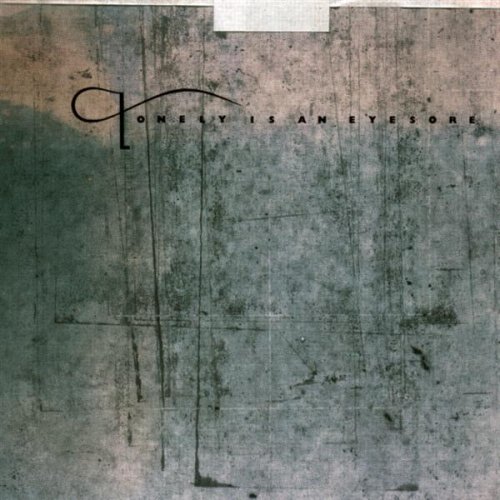There's a fascinating interview with David Toop conducted by Geeta Dayal over at Rhizome.
Toop has a new book coming out called
Sinister Resonance, which seems worthy of a read. The interview is interesting for a number of reasons, not the least of which being the fact that much of Toop's current thought seems to have evolved either in tandem or directly as an engagement with the discussions on hauntology (which were surely themselves partially an outgrowth of Toop's own
Haunted Weather). The new book relates these ideas to the history of sound in visual art, particularly how it was portrayed before recording technology came around.
“Sound is a haunting, a ghost, a presence whose location in space is ambiguous and whose existence in time is transitory.”
I was particularly taken by his notion of sound as a medium that's naturally uncanny. Whereas seeing and touching are believing, hearing is a sense that is manipulative and defined by uncertainty. We can rarely relie on hearing alone. Without recording sound, you can never be sure what was said because it is no longer being said (sound is transitive). You can never be sure of the source of the sound unless you are looking directly at it (combining hearing with another sense).
Toop also articulates the dangers in minimalism/extremism in art, which I've too expressed elsewhere(such as in
this article which touches on free jazz). To Toop (and me), the 20th century modernist project was stalled largely due to the race to the margins. The problem was not so much whether art was ready for its own dissolution into bare essence (in the case of minimalism) or to move beyond representation (in the case of abstract expressionism/free jazz/freeform/noise), but where to go thereafer:
"In a sense, that has been our dilemma ever since -- for the artists, or for musicians, and the audience. Where do you go from there [after the nothingness and void of minimalism]? Do you go backwards? Do you go back to 19th century romantic music, or do you go back into figurative painting, or do you go into pure philosophy? Where do you go after that? It created this colossal dilemma, and you could characterize that as a kind of silence."
After you've mapped the territorial boundaries of how far an artform can go, is there any coming back? What can now reside within those boundaries except existential despair? Does the introduction of minimalism and abstraction to a form spell an end to all novelty of the form?
















